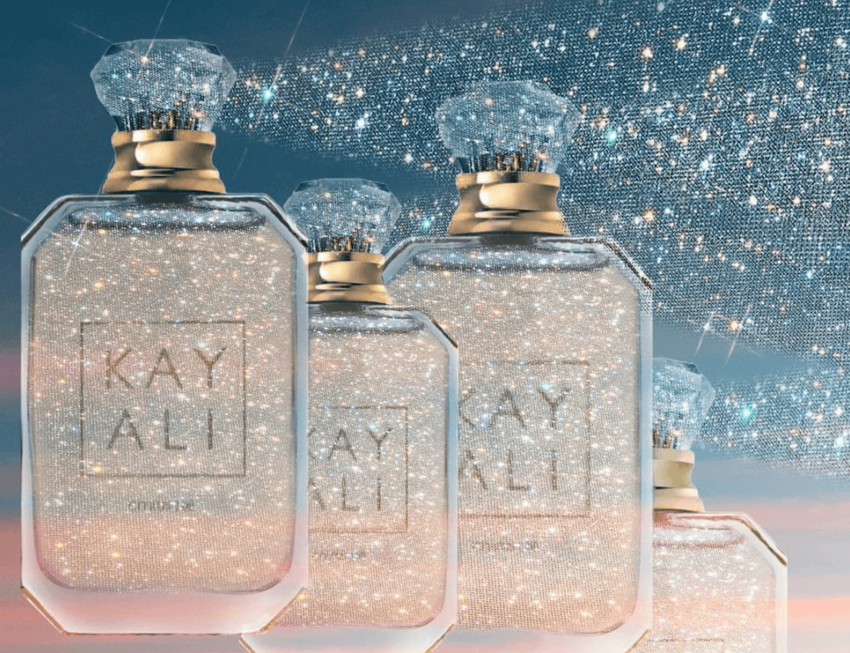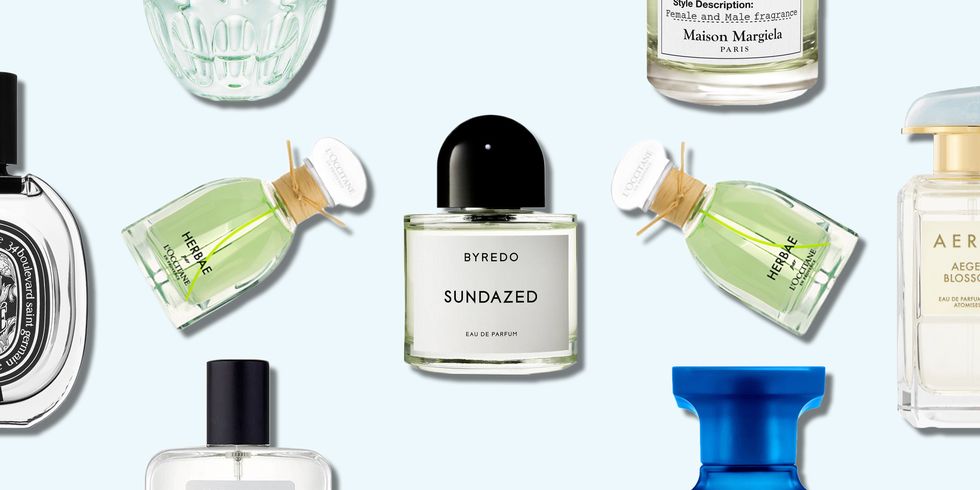Given that the world is falling apart, it seems odd to be talking about scented candles. Or maybe it doesn’t. As we hurtle towards Christmas, with deeper austerity and a possible no-deal Brexit on the horizon, a nice smell might be exactly what we need.
It is certainly what we want, if sales are anything to go by. Net-a-Porter has seen a 180% spike in sales since the start of the month. According to the Business of Fashion, candle sales are growing faster than the rest of the fragrance market, rising by one-third over the past two years. It seems a desire to cocoon ourselves from the outside world (olfactory, thermal or something more insidious) is higher on the agenda. Welcome to the cult of “smellness”: a small-scale form of self-care in a destabilised world.
Wellness and its younger sister, self-care, are crowded fields, but growing ones. According to the latest research by the Global Wellness Institute (GWI), the worldwide wellness market was worth a colossal $4.2tn (£3.3tn) in 2017, and scented candles are without doubt an extension of it. Lest we forget, consumerism is about improving things we didn’t know needed improving – such as the smell of your home.
And then, of course, there’s social media. This is the age of the bathroom selfie. The influencers who had artfully arranged flowers or a coffee table book in the background, now slot in a flickering candle.
Scented candles have a bad rap, not least because it is literally burning money. We associate them with poshness, frivolity and celebrities and anyone fluent in smellness knows it all started with Diptyque. Meghan, the Duchess of Sussex, and Victoria Beckham both burn Diptyque’s Figuier, while Beyoncé prefers Vanille. Even Theresa May likes them – blink and you would miss the Diptyque candle on the table of her now-notorious leather trouser shoot of 2019.
Gallingly, especially in the case of May, a Diptyque candle will set you back about £50 – that’s £1 an hour, if the alleged burn time of 50-60 hours holds up. That the large luxury fashion houses are now making them makes sense; the “affordable” stuff – lighters, socks and the like – tend to offer the greatest return, provide a way to court entry-level shoppers and show a commitment to self-care. Gucci’s candles cost more than £200, and the incense sticks £55.
But the candle industry of 2018 has mushroomed, and democratised. Now there are hundreds of candles, many affordable. Matthew Herman and David Kien of Boy Smells, who sell underwear and scented candles for about £20, say the idea of luxury has changed. “It’s not just about price point, it’s about how it makes you feel, and the value it adds to your life.” Zara Home, H&M and The White Company all sell candles for under £20.



